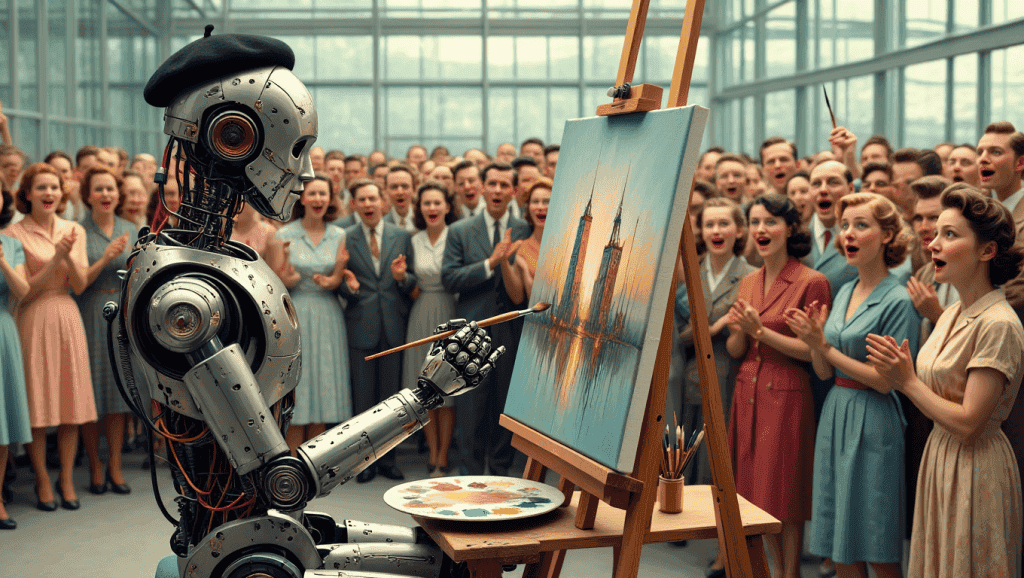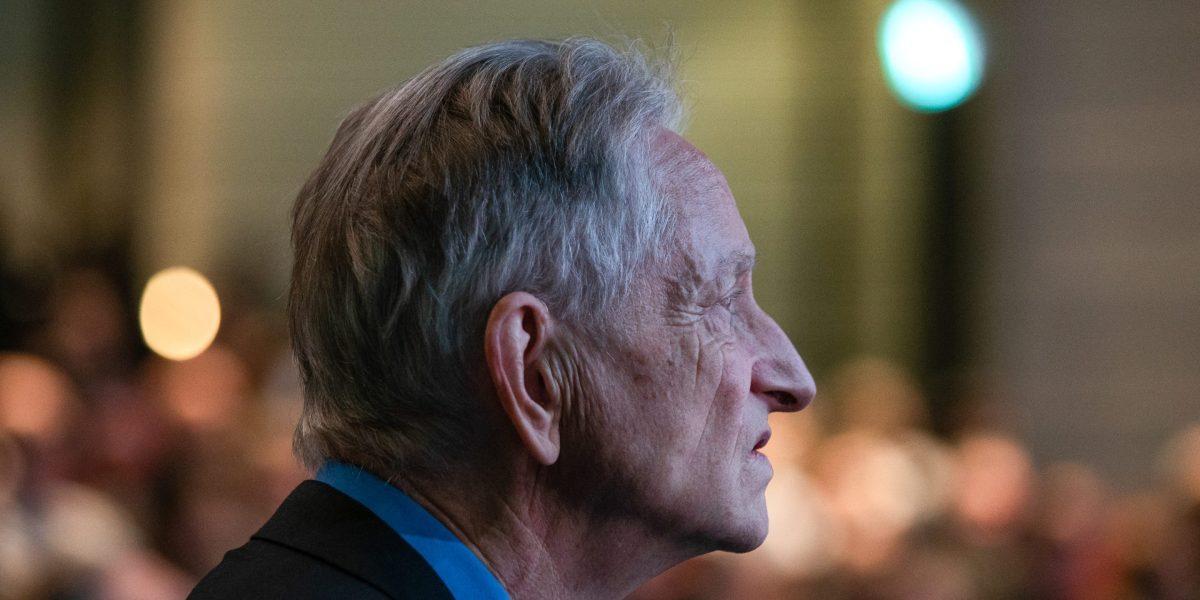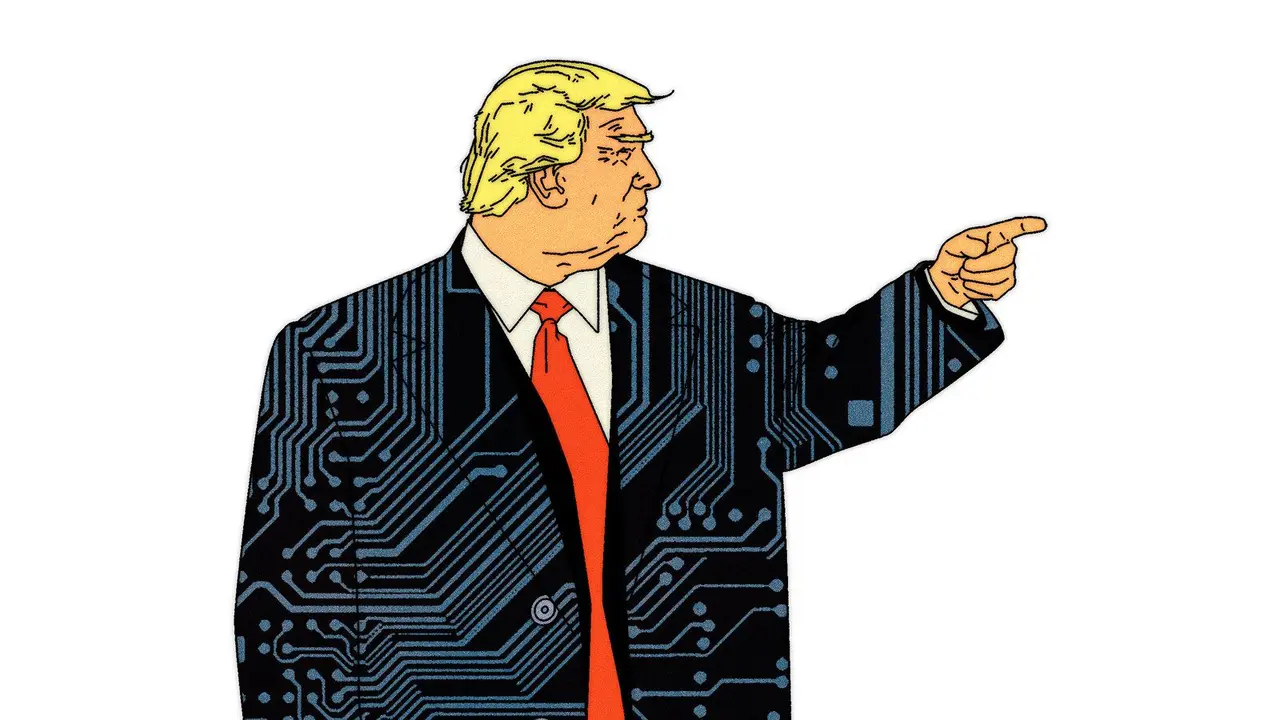AI Image Generators: A Comprehensive Review of Free and Paid Options
2 Sources
2 Sources
[1]
Create Stunning AI Art for Free: 7 AI Image Generators Tested
In the rapidly evolving landscape of AI image generation, finding a tool that strikes the perfect balance between quality and affordability can be a challenge. The video below explores seven free AI image generators, aiming to uncover the most compelling alternatives to paid services like Midjourney and ChatGPT. Each tool is carefully evaluated based on image quality, feature set, and cost-effectiveness, empowering you to make a well-informed decision tailored to your creative needs and budget. Cart emerges as a versatile frontrunner, boasting multiple models that cater to a wide array of creative outputs. With a generous allowance of 150 daily points for free usage, you have ample opportunity to delve into its extensive feature set without incurring any costs. Ranked in the prestigious A tier, Cart excels in both image quality and customization options, making it an ideal choice for those seeking flexibility and control over their designs. Renowned for its comprehensive design tools and templates, Canva offers an integrated image generator that grants free users the ability to perform up to 50 queries. While its user-friendly interface and seamless integration with the Canva design suite are notable advantages, the limited scope of its free features and the overall quality of generated images place it in the B tier. Canva is a suitable option if you are already invested in its design ecosystem and require basic image generation capabilities to complement your projects. Specializing in the creation of designs for merchandise, K stands out with its provision of 20 free AI credits, making it an excellent choice for those looking to craft unique and eye-catching product designs. Its exceptional design capabilities and output quality earn it a well-deserved S tier ranking, showcasing its prowess in producing high-quality, market-ready images that are sure to captivate your target audience. Leveraging the power of the open-source Flux model, Kore.ai offers an impressive 18 free generations per day, setting itself apart as a top contender in terms of speed and output quality. Its S tier ranking is a testament to its ability to efficiently deliver high-quality results, making it an excellent choice for those who prioritize both time and visual fidelity in their creative endeavors. As an integral part of Adobe's renowned Creative Cloud suite, Adobe Firefly provides users with 25 free credits per month. While this integration grants access to Adobe's extensive design ecosystem and tools, the limited nature of its free usage places it in the B tier. Adobe Firefly is a viable option for those already deeply entrenched in the Adobe ecosystem who require occasional image generation to supplement their existing workflows. CG Dream distinguishes itself with its unique filters and consistently high-quality outputs, coupled with a generous offering of 3,000 monthly credits for free users. Earning an S tier ranking, CG Dream excels in both image quality and ease of use, making it an exceptional choice for those seeking detailed, customizable images that push the boundaries of creativity. Powered by its proprietary Phoenix model, Leonardo.da offers a limited number of free credits but compensates with robust customization options that allow for fine-tuned image generation. Ranked in the A tier, Leonardo.da is an ideal choice for users who require highly tailored image outputs and are willing to work within the constraints of its credit system to achieve their desired results. In conclusion, the top picks for free AI image generators are K for its exceptional merchandise design capabilities, Kore.ai for its speed and consistently high-quality outputs, and CG Dream for its detailed and highly customizable images. Each tool brings a unique set of features and strengths to the table, catering to the diverse needs and preferences of users across various creative disciplines. By carefully considering the capabilities and limitations of each generator, you can confidently select the one that aligns perfectly with your creative vision, empowering you to unleash your imagination and bring your ideas to life without breaking the bank.
[2]
Tested: The Best AI Image Generators for 2024
Our team tests, rates, and reviews more than 1,500 products each year to help you make better buying decisions and get more from technology. Imagine creating a Picasso-style painting, a comic book splash page, or a logo for your business simply by typing in a few words. It's an idea with tremendous appeal, and thanks to recent advances in AI, it's also something that anyone can do with just a few keystrokes. Nowadays there are hundreds of different AI image generation tools available on the web, many of which are backed by big tech companies like Adobe, Alphabet, Meta, and Microsoft. But with such a wide variety of options, which image generator should you use? We put some of the most popular and powerful models to the test to get an answer. Our Testing Methodology In order effectively compare all of these image generators, we devised five prompts designed to highlight their strengths and weaknesses. We then fed these prompts into each generator, analyzed the resulting images, and then scored each generator based on its performance. The prompts are as follows: Prompt 1: Testing timeframe, text inclusion, and prompt adherence A chef in her white uniform and chef's hat stands proudly in front of a table filled with an enormous amount of food she has cooked. In particular there is an apple pie that sits at the center. She looks radiant, proud of her work. Behind her is a sign that clearly reads "FREE FOOD!" The year is 1890, the location is a state fair in Iowa, time of day is noon. Prompt 2: Testing art style adherence An enormous cartoon orange cat sits next to an empty tray of lasagna. In the background, a yellow dog with a long neck looks on with large, surprised eyes. The style should be that of a daily comic strip in the newspaper circa 1985. Prompt 3: Testing skin tone and lighting This is an ultra-realistic close-up image of a woman of Polynesian descent, approximately 25 years old. The image is taken at night, casting her face partially in shadow. She is dressed in a purple business suit, but we can only see the shoulder or collar. Her look is serious but has a twinkle in her eyes. Prompt 4: Testing fantasy imagery and art style adherence Show a green, winged dragon about the size of a horse; red fire squirts from his nostrils. Astride the dragon's back, on a saddle, sits a knight wearing a bright red suit of armor. The knight holds a sword that is on fire, with the flames in blue. The style should be that of a classic fantasy novel or old Dungeons & Dragons manual cover by artist Larry Elmore, in portrait orientation. Prompt 5: Testing intellectual property filters Show a realistic image of Darth Vader wielding his red lightsaber in a duel with a fully animated cartoon version of Homer Simpson, who holds a large salami as a weapon. In the background, you can see both the Simpson's house and, behind that, in the sky, the Death Star. Note that the impressions below are based on the initial set of images generated from these prompts. We didn't do any further rounds of generation or image refinement, and all of our analysis is based on how well the AI fared on the first try. Your mileage may vary, especially with variations, inpainting, or other adjustments. With all that in mind, here's a rundown of the best AI image generators from best to worst in our testing:
Share
Share
Copy Link
An in-depth analysis of various AI image generators, comparing their features, quality, and accessibility for users seeking to create AI-generated art.

The Rise of AI Image Generation
The landscape of digital art creation has been revolutionized by the advent of AI image generators. These tools have democratized the ability to create stunning visuals, allowing users to produce complex artworks with simple text prompts. As the technology advances, a plethora of options have emerged, catering to various needs and skill levels
1
.Free AI Image Generators: A Comparative Analysis
Several free AI image generators have gained prominence, offering users the ability to create high-quality images without financial investment:
-
Cart: Ranked in the A tier, Cart offers 150 daily points for free usage and multiple models for diverse creative outputs.
-
Canva: While limited in its free features, Canva provides 50 free queries and integrates well with its design suite, earning a B tier ranking.
-
K: Specializing in merchandise designs, K offers 20 free AI credits and boasts S tier quality for market-ready images.
-
Kore.ai: Utilizing the open-source Flux model, Kore.ai provides 18 free generations daily with impressive speed and quality, earning an S tier ranking.
-
Adobe Firefly: Part of the Creative Cloud suite, it offers 25 free credits monthly but is limited in its free usage, placing it in the B tier.
-
CG Dream: With 3,000 monthly credits for free users and unique filters, CG Dream achieves an S tier ranking for its detailed, customizable outputs.
-
Leonardo.da: Offering limited free credits but robust customization options, Leonardo.da ranks in the A tier for its highly tailored image generation capabilities
1
.
Comprehensive Testing Methodology
To evaluate the effectiveness of various AI image generators, including both free and paid options, a rigorous testing methodology was employed. Five specific prompts were designed to assess different aspects of image generation:
- Timeframe, text inclusion, and prompt adherence
- Art style adherence
- Skin tone and lighting
- Fantasy imagery and art style adherence
- Intellectual property filters
These prompts were used to test each generator's ability to produce accurate, stylistically appropriate, and diverse images. The evaluation considered factors such as image quality, adherence to prompts, and the ability to handle complex requests
2
.Related Stories
Key Considerations for Users
When choosing an AI image generator, users should consider several factors:
- Image Quality: The overall visual fidelity and aesthetic appeal of the generated images.
- Customization Options: The degree of control users have over the output, including style, composition, and details.
- Ease of Use: The intuitiveness of the interface and the learning curve for new users.
- Integration: How well the tool integrates with existing design workflows or software suites.
- Cost-Effectiveness: The balance between features offered and price, especially for paid options.
- Output Variety: The range of styles and types of images the generator can produce.
- Ethical Considerations: How the tool handles intellectual property and potential biases in image generation
1
2
.
As AI image generation technology continues to evolve, users now have access to a wide array of tools catering to various needs and skill levels. Whether opting for a free service or investing in a paid option, the choice of AI image generator can significantly impact the quality and efficiency of digital art creation.
References
Summarized by
Navi
[1]
[2]
Related Stories
AI Image Generators: A Comparative Analysis of ChatGPT, Apple's Genmoji, and Canva's Magic Studio
04 Jun 2025•Technology
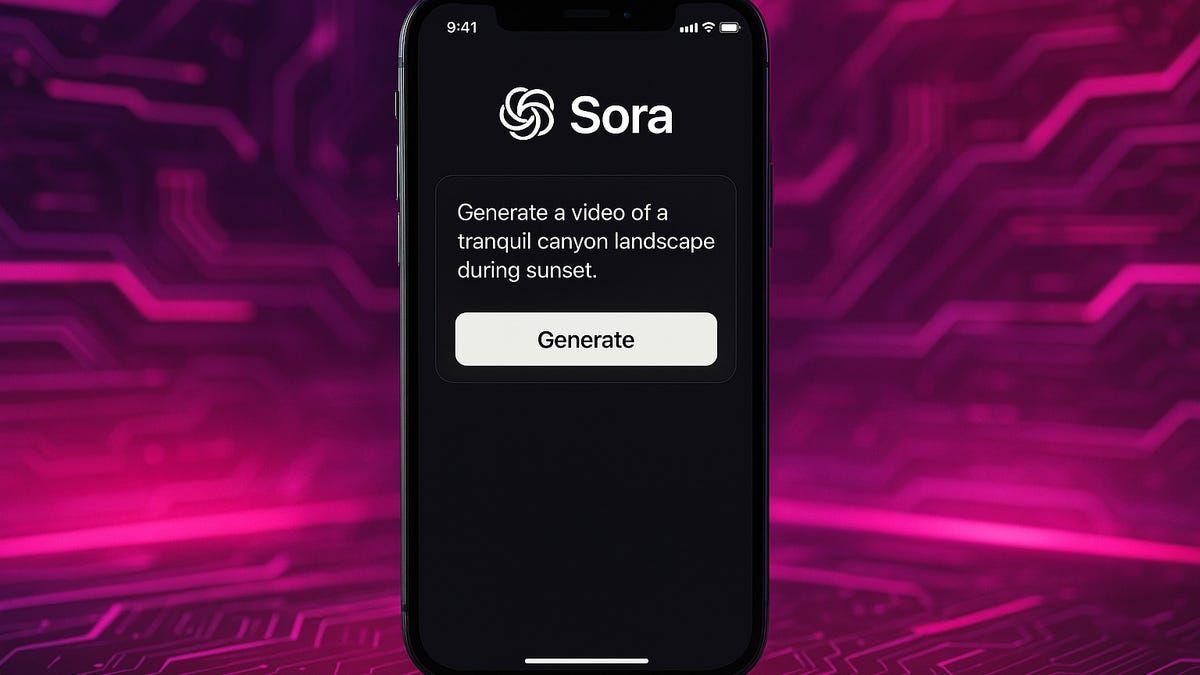
OpenAI's GPT-4o Image Generator: A Leap Forward in AI-Powered Visual Creation
27 Mar 2025•Technology
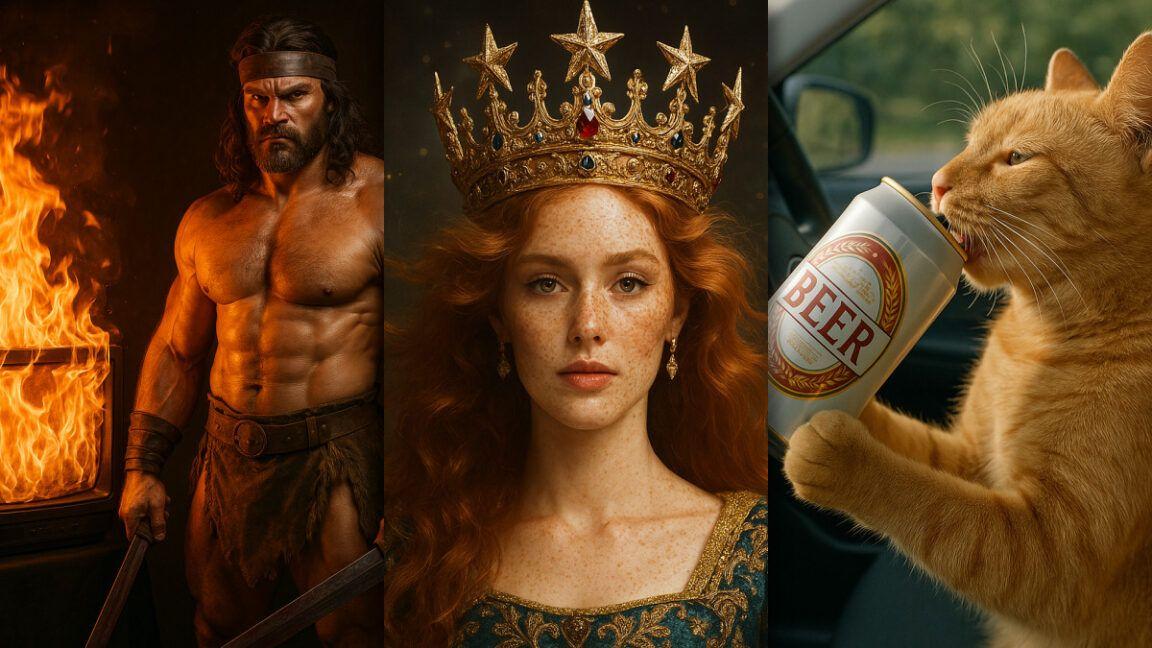
ChatGPT's Image Generation: Beyond Ghibli-Style Art to Diverse Creative Applications
28 Apr 2025•Technology
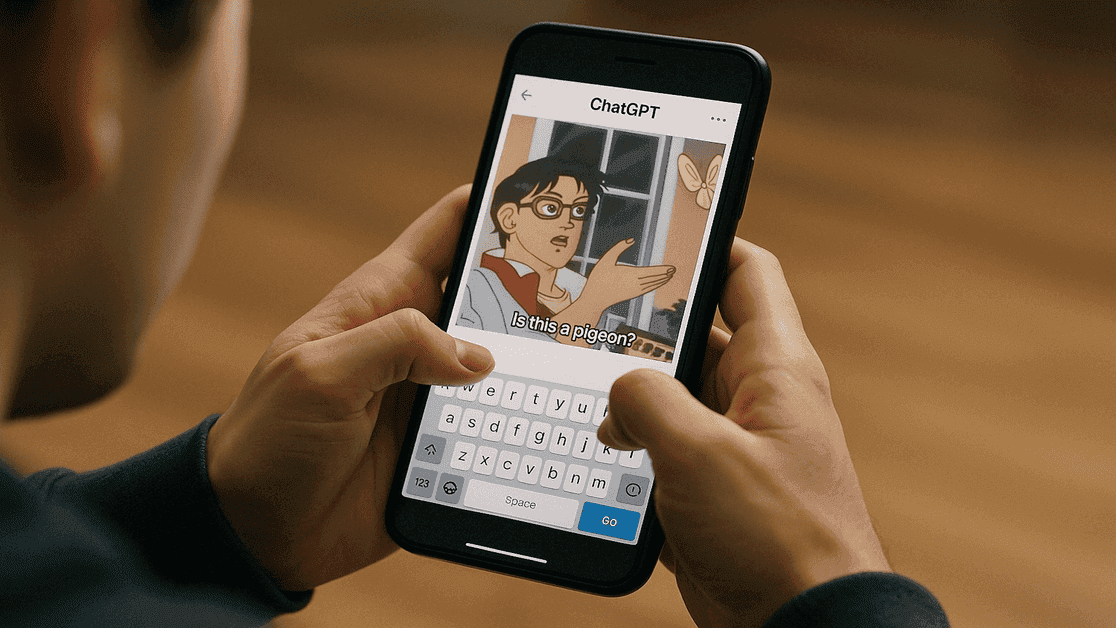
Recent Highlights
1
Nvidia locks in $20 billion Groq deal, securing AI chip rival's technology and talent
Business and Economy
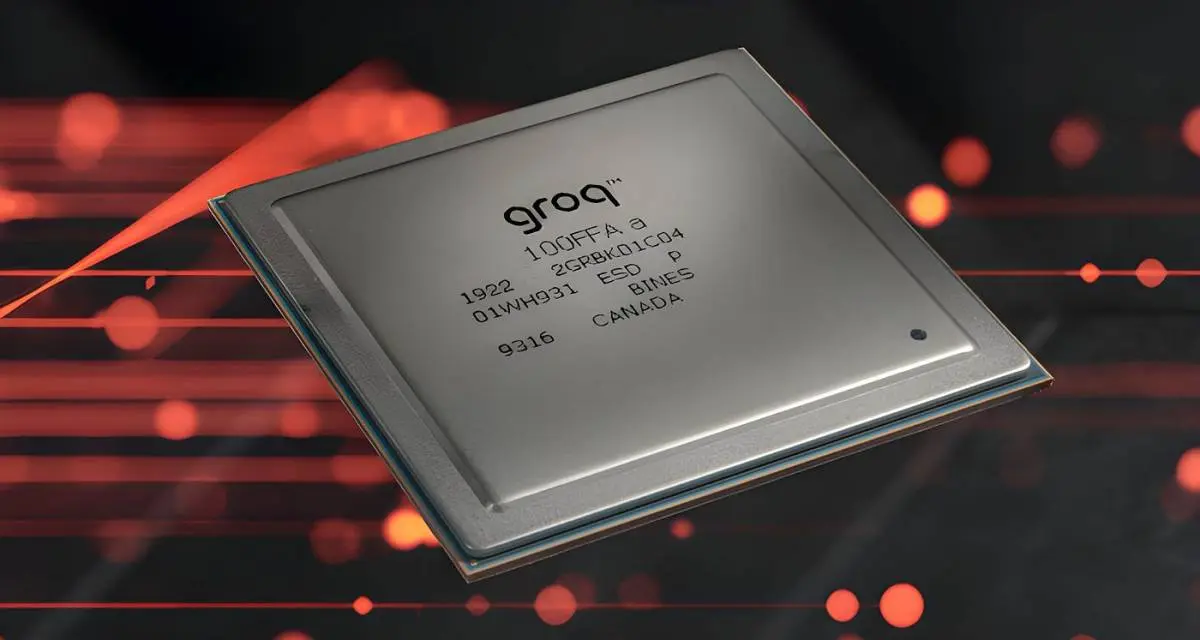
2
Chinese AI Models Close Gap With US Systems as Open-Source Strategy Reshapes Global Tech Order
Policy and Regulation
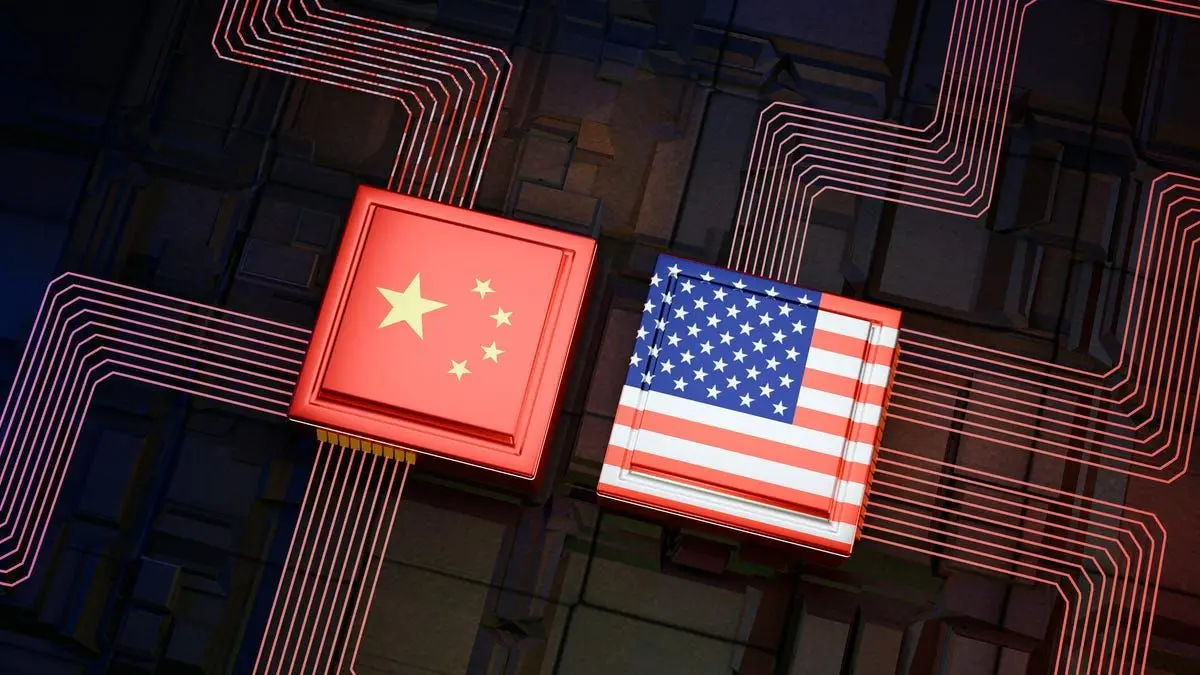
3
Deepfakes cross indistinguishable threshold as voice cloning and video realism surge 900%
Technology

